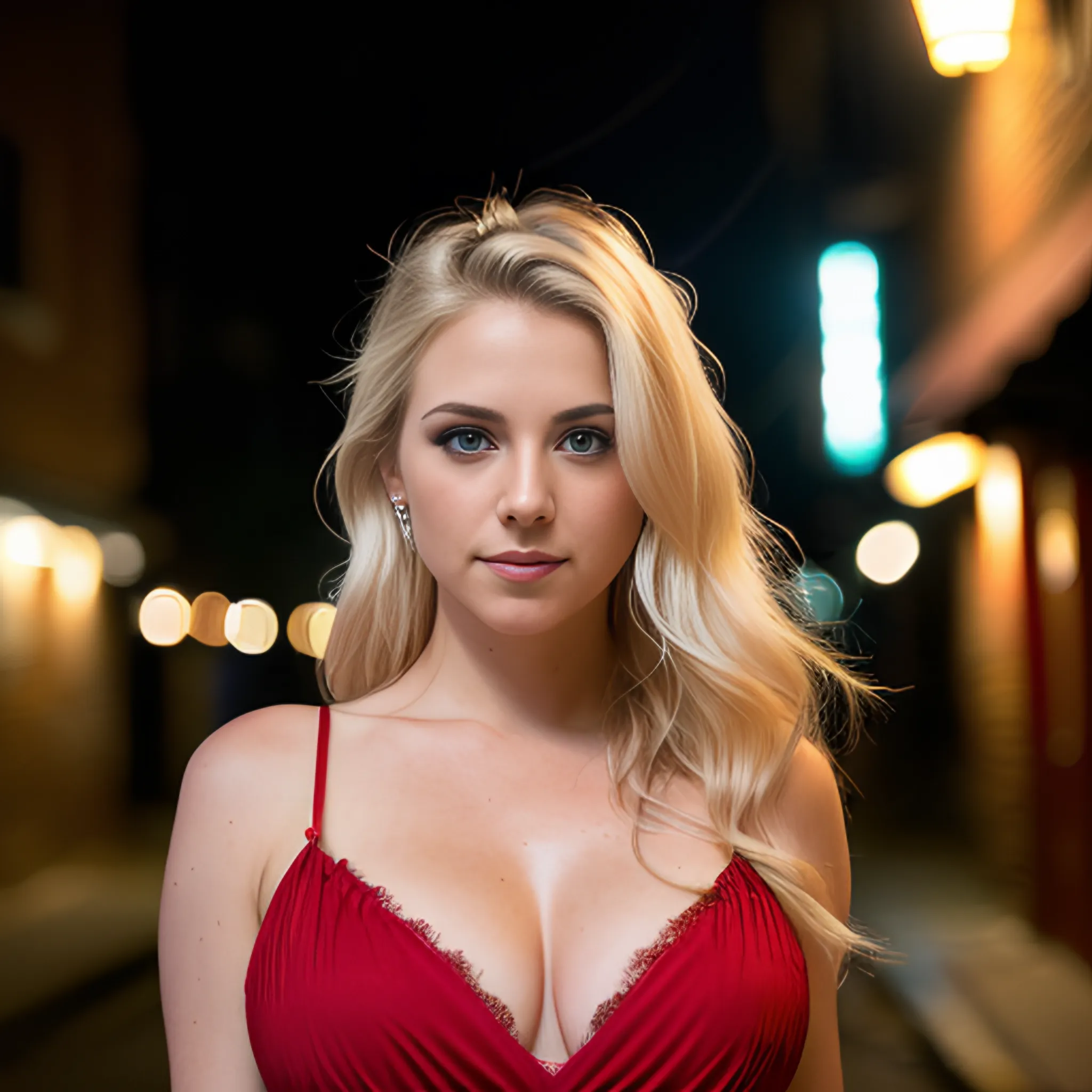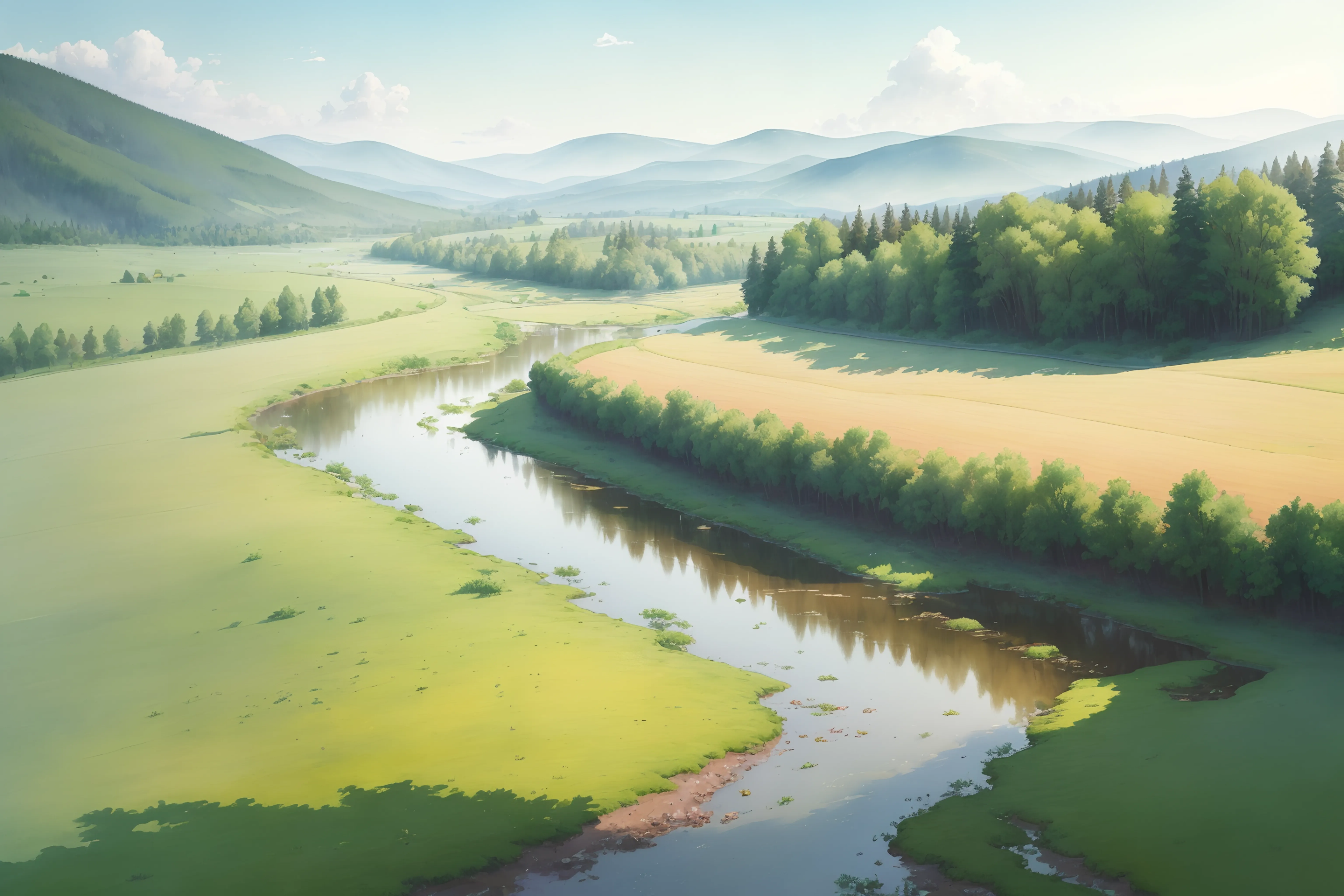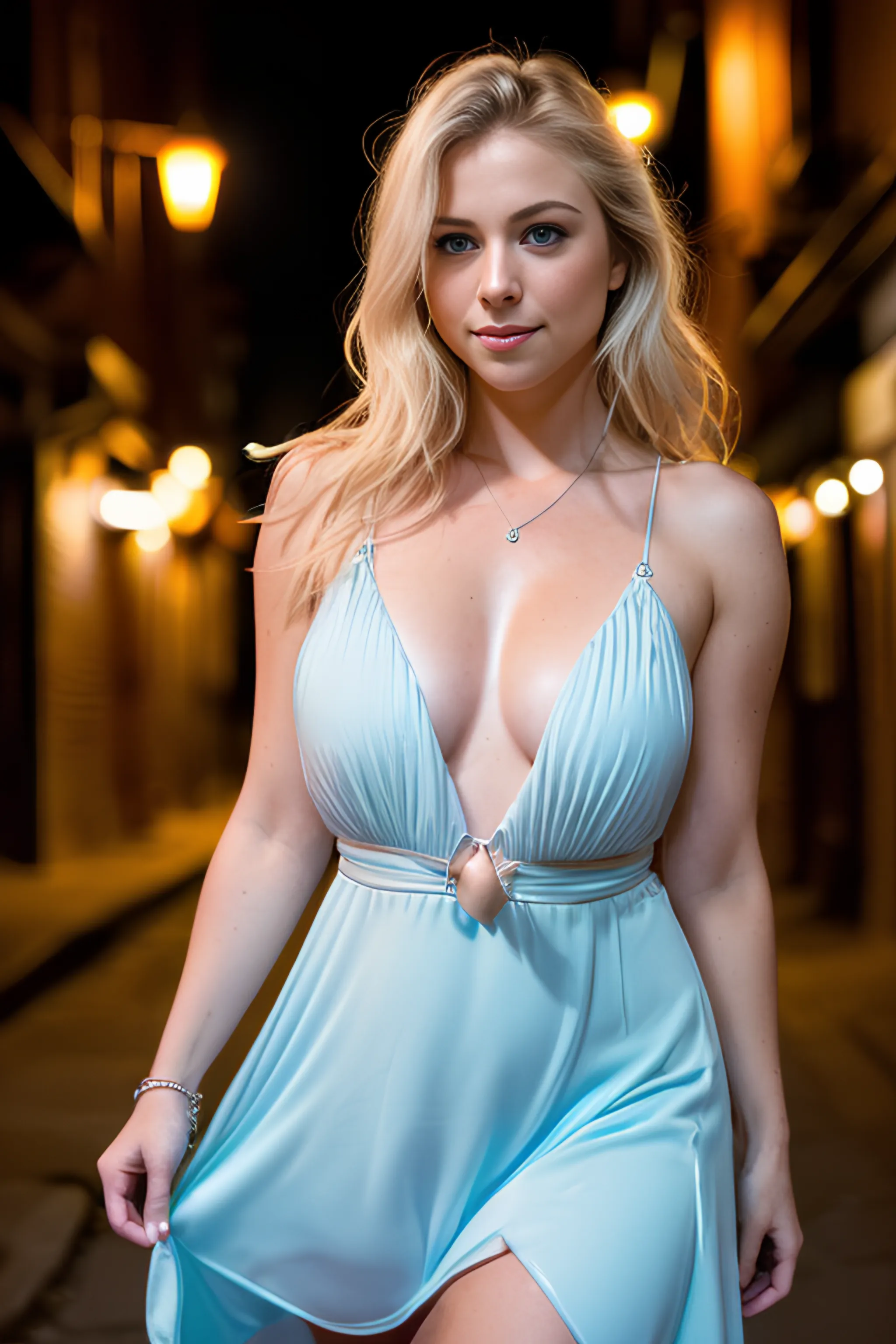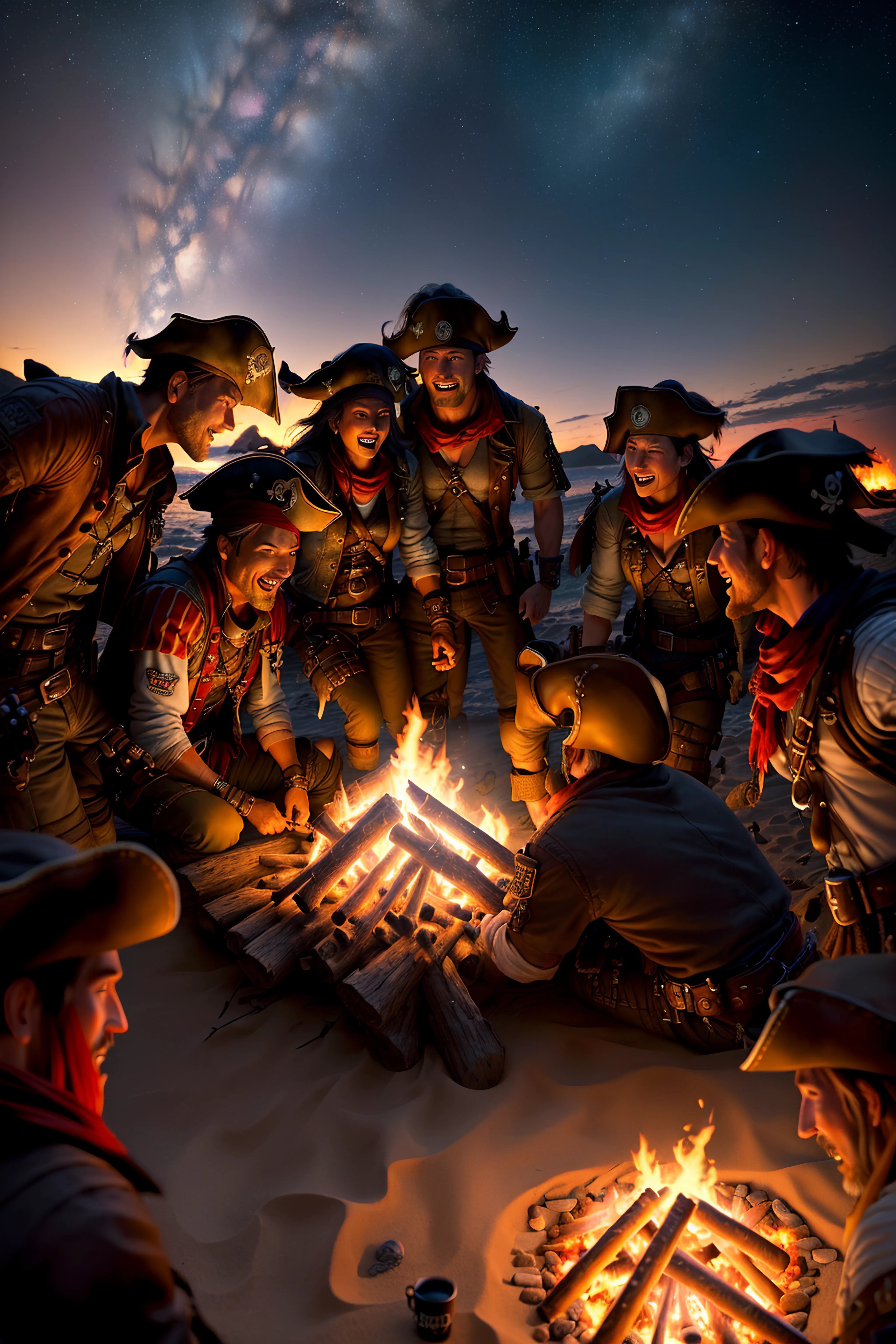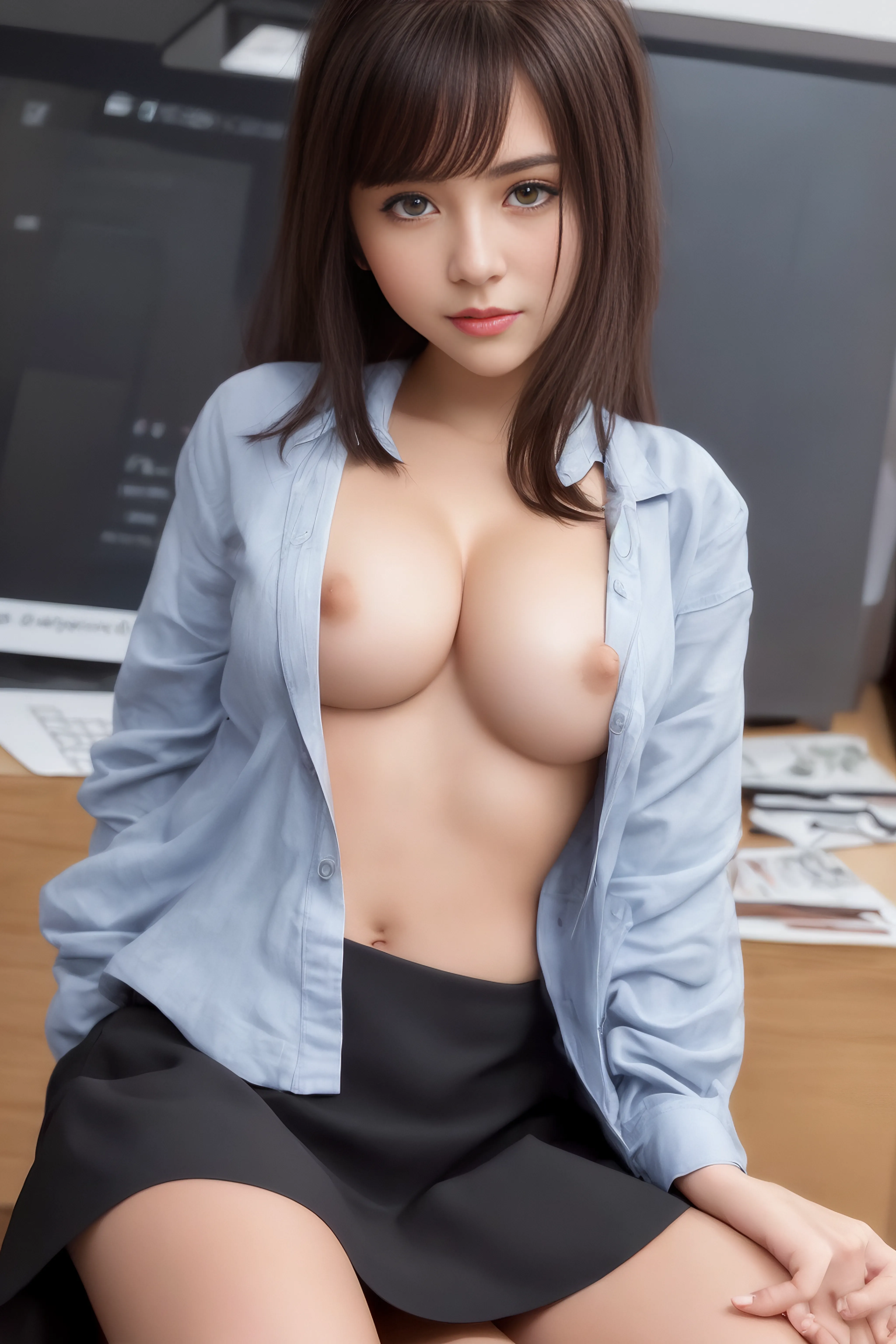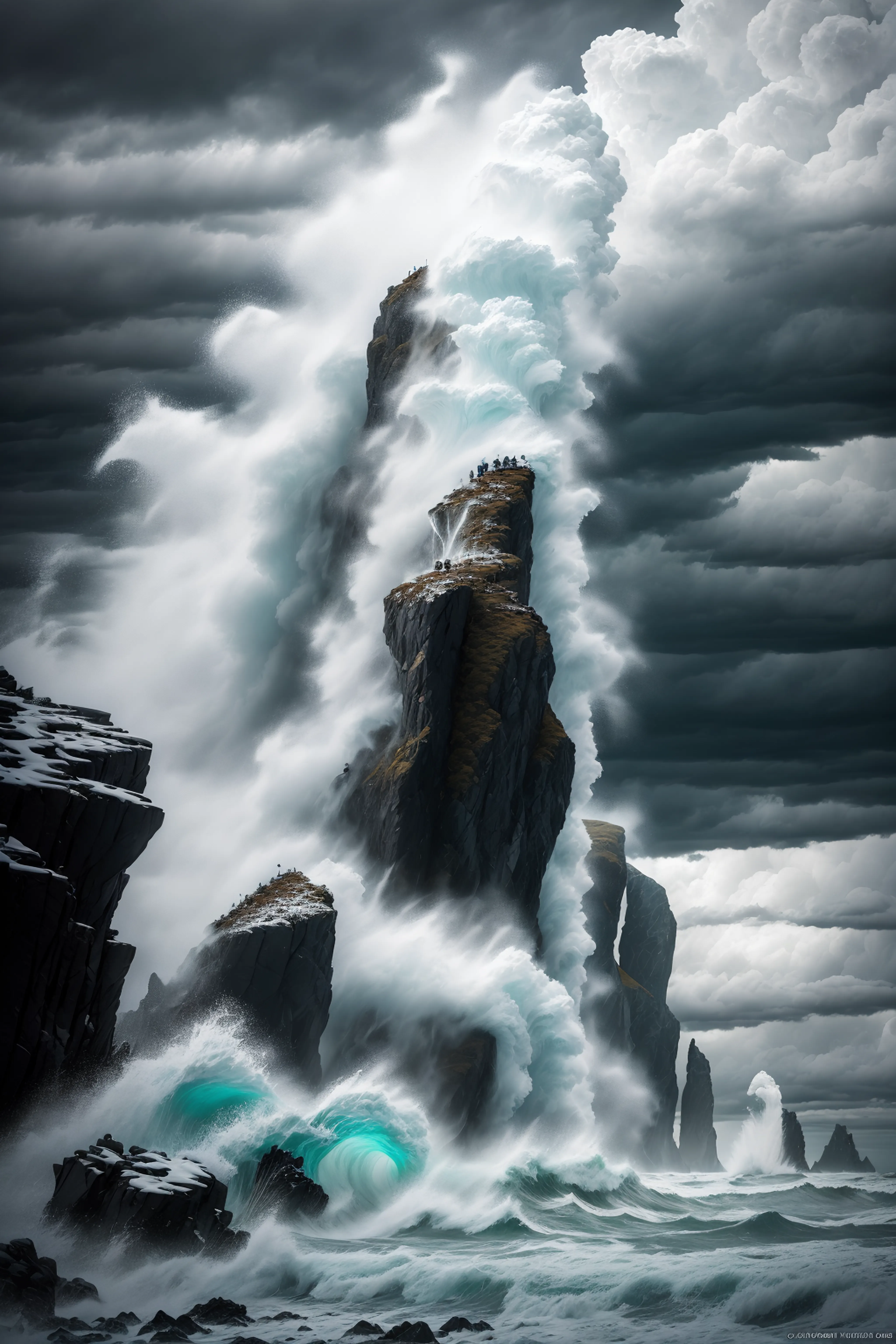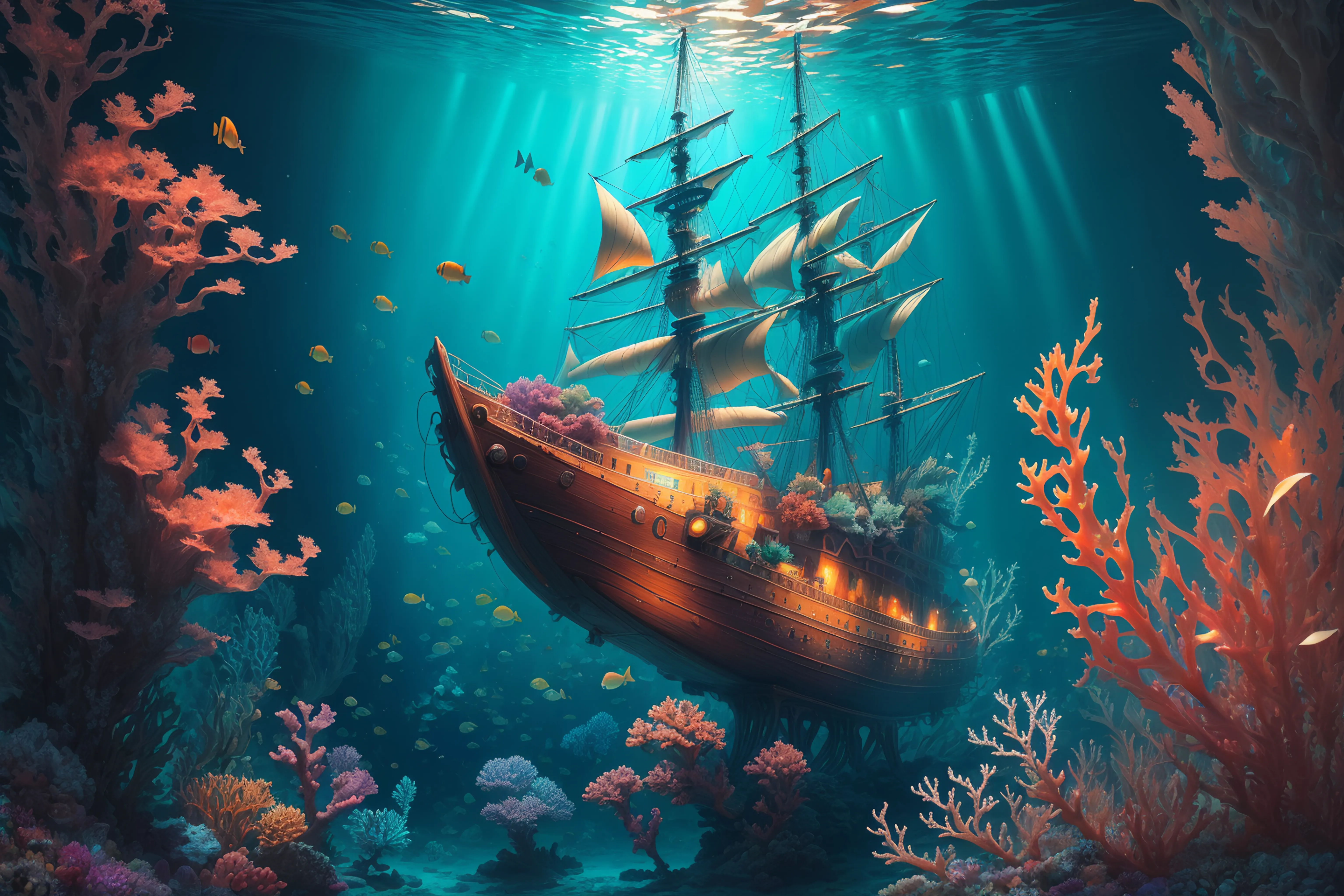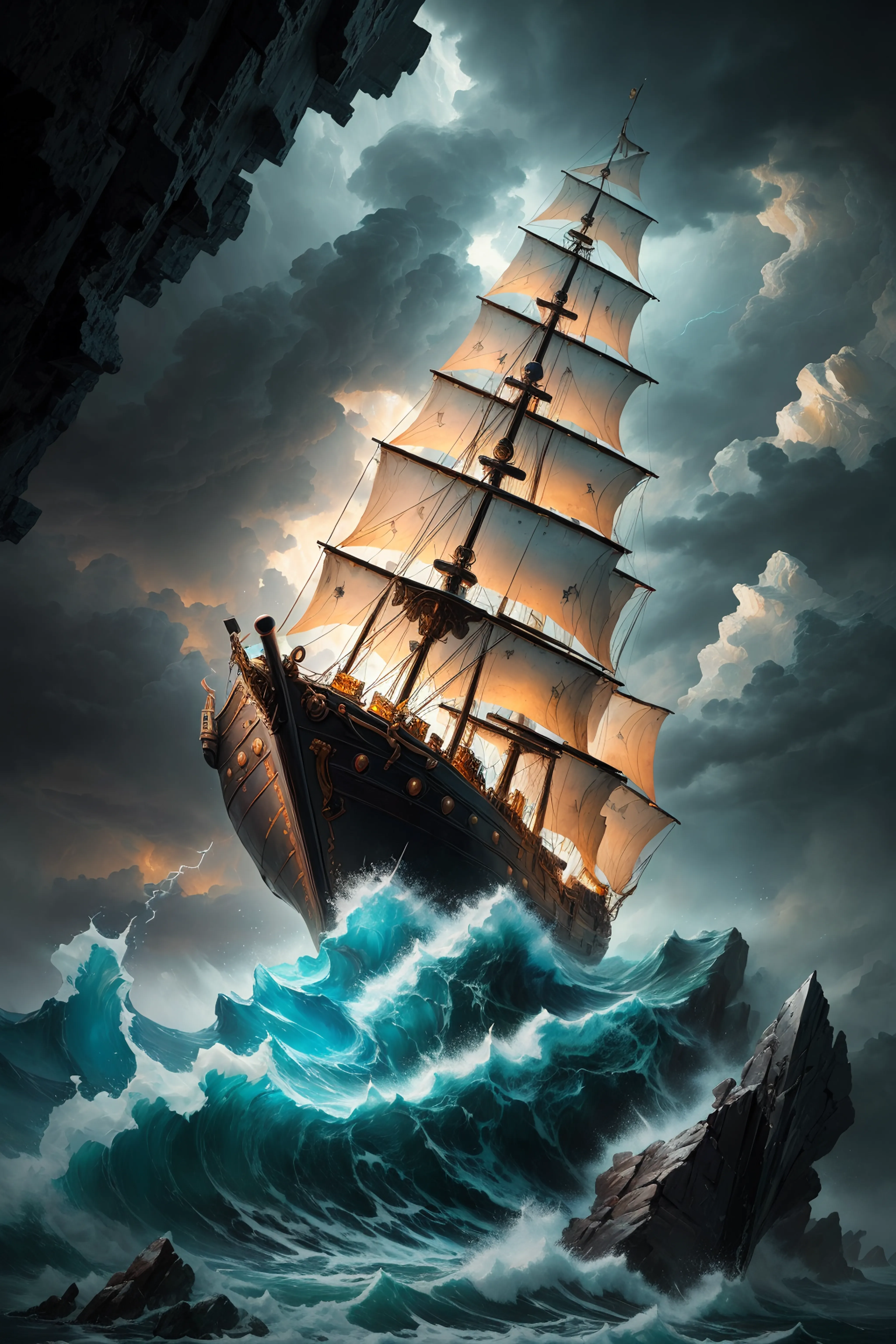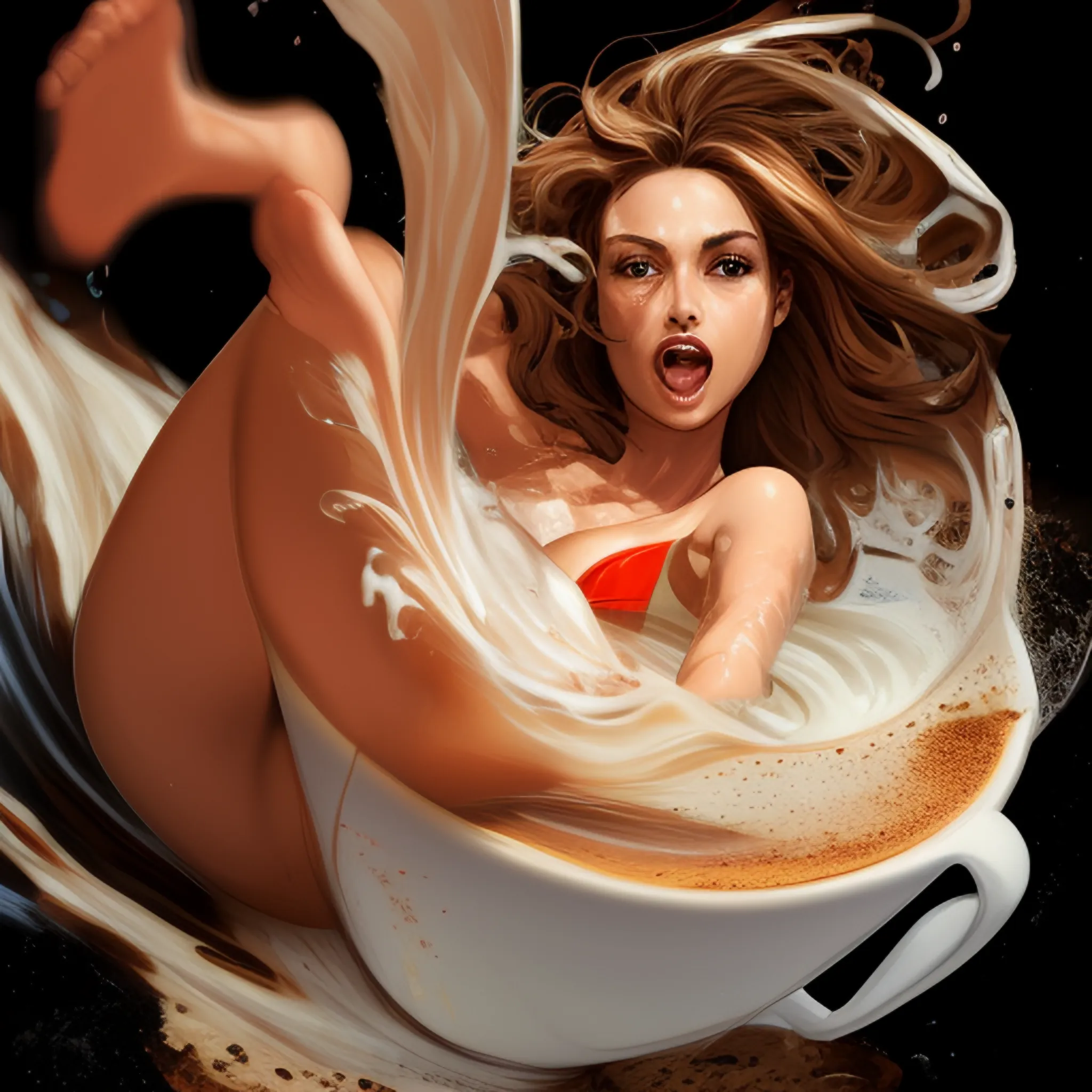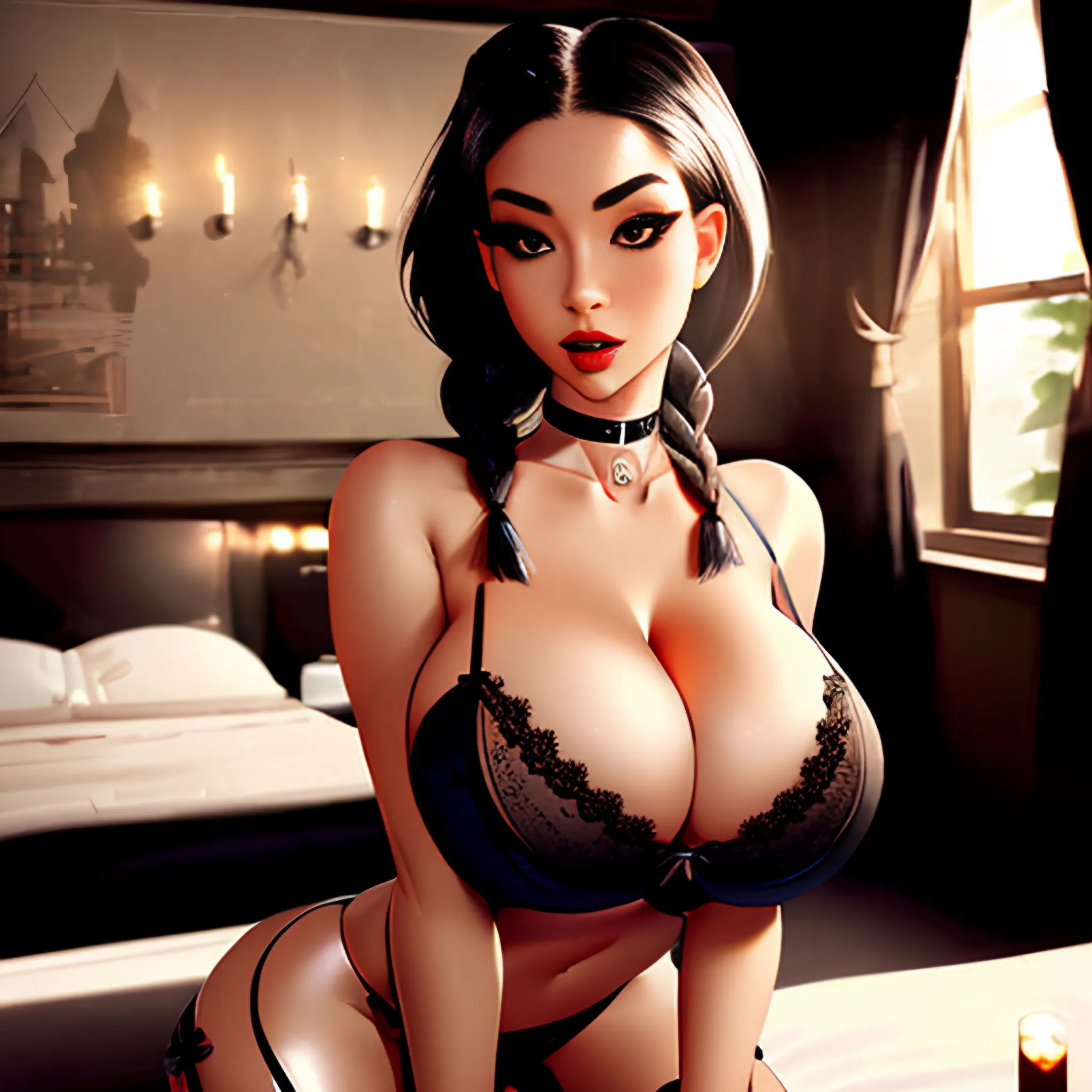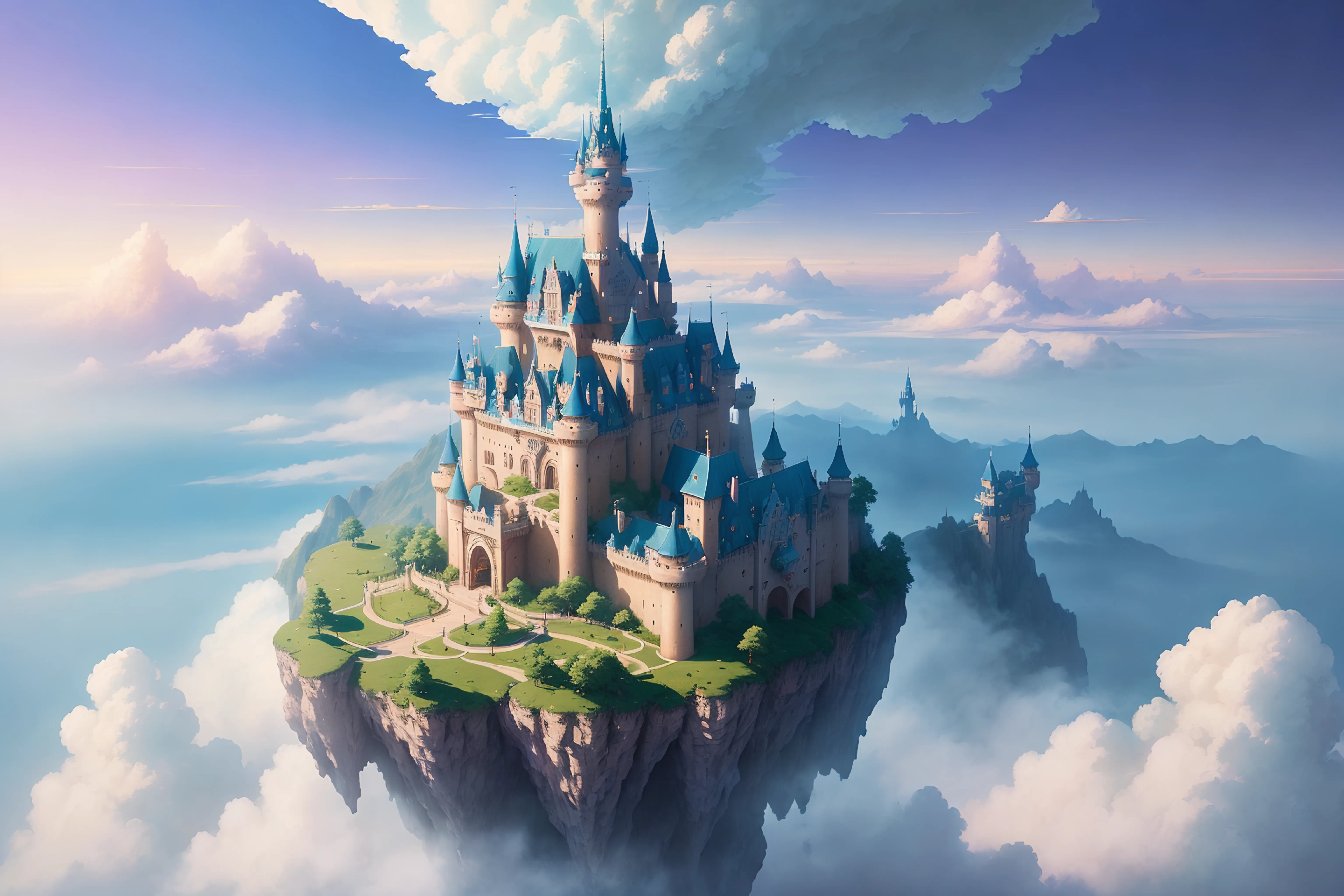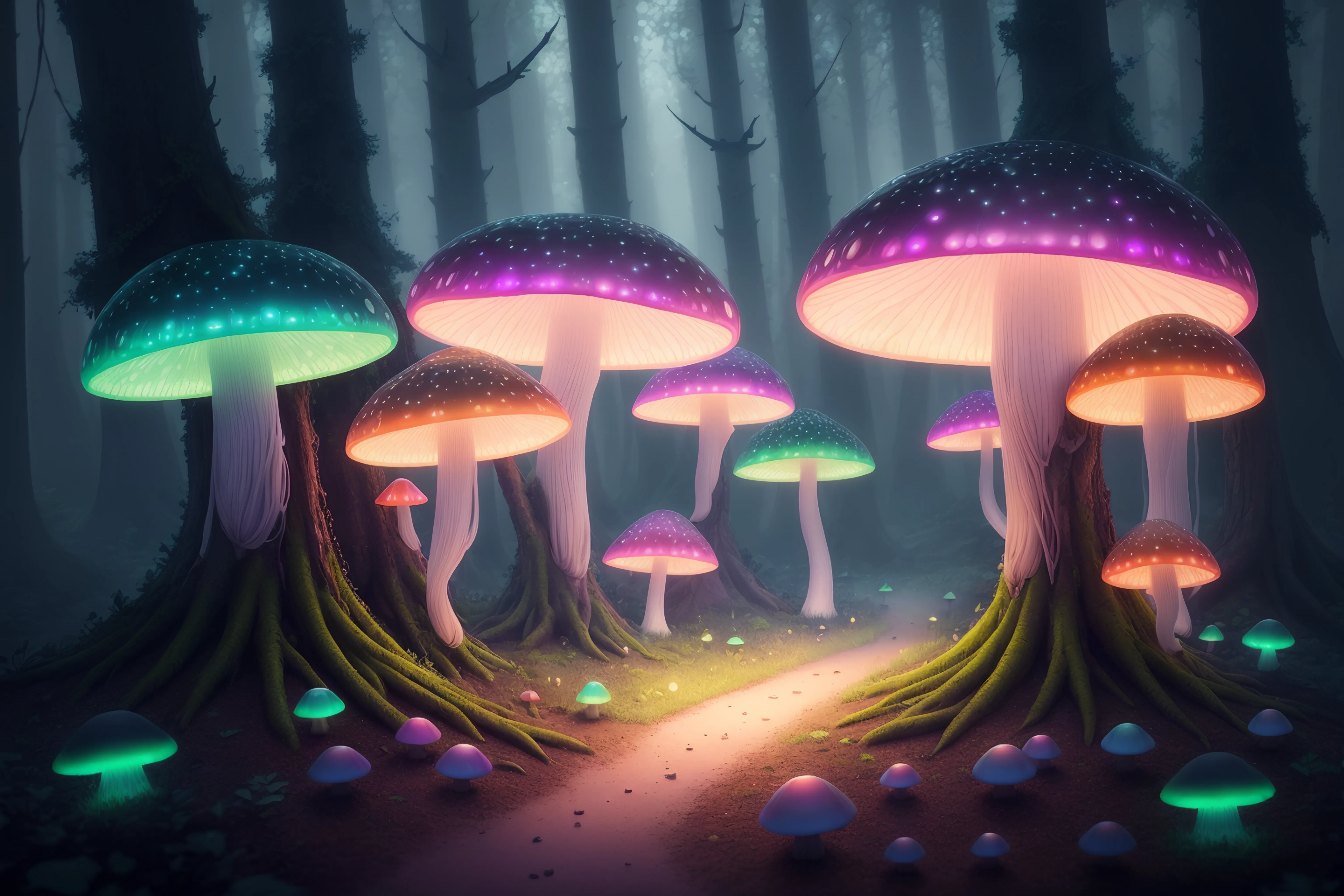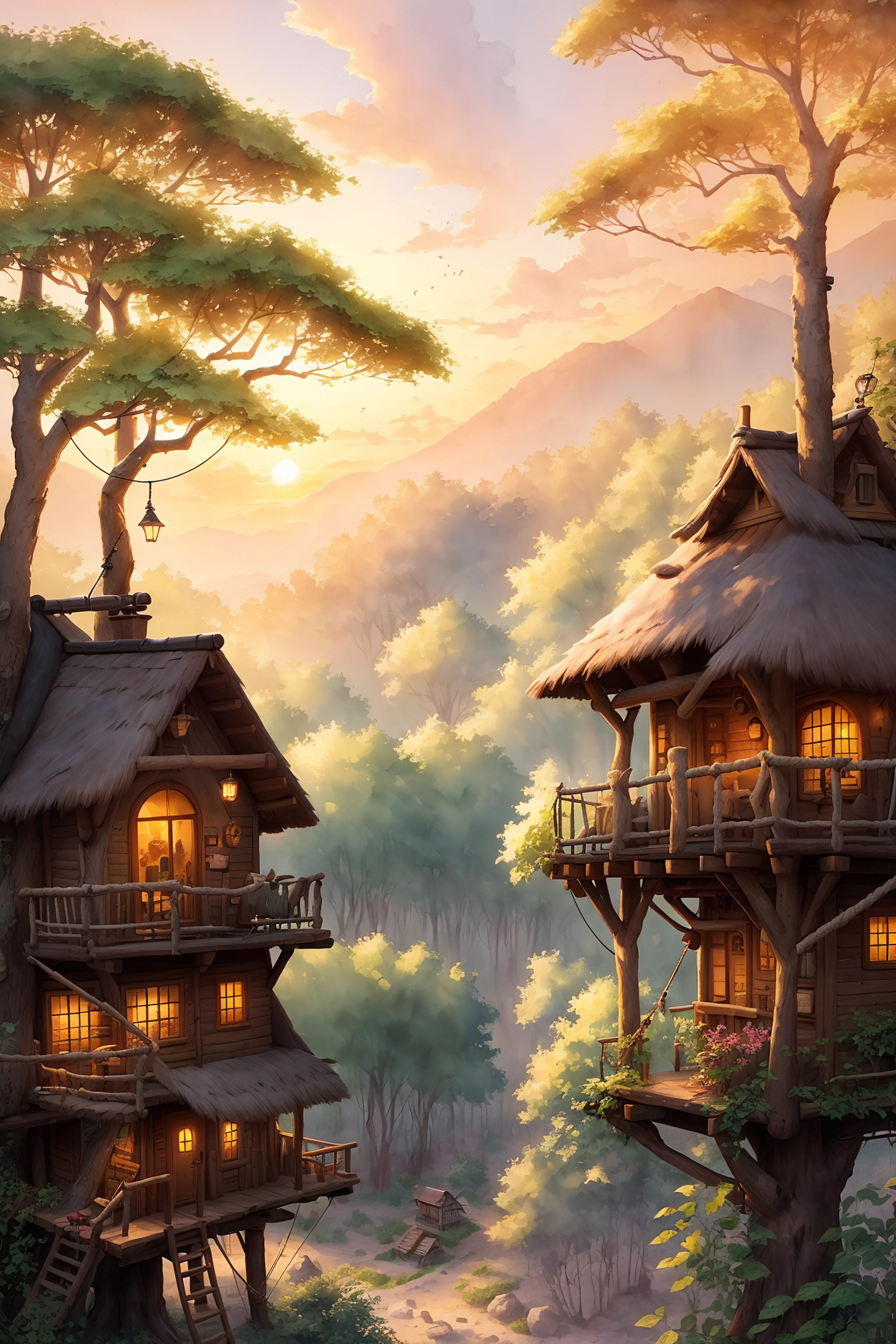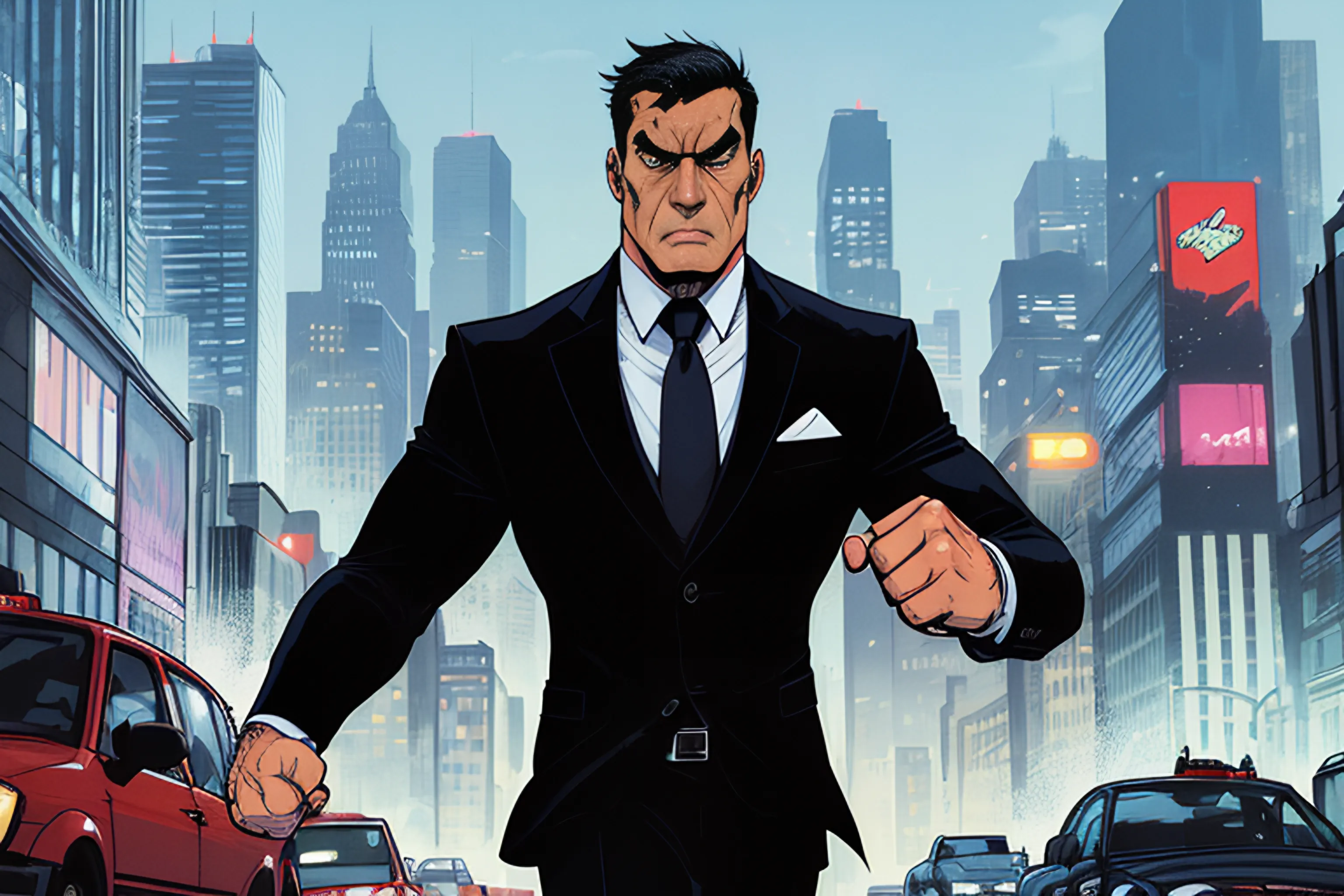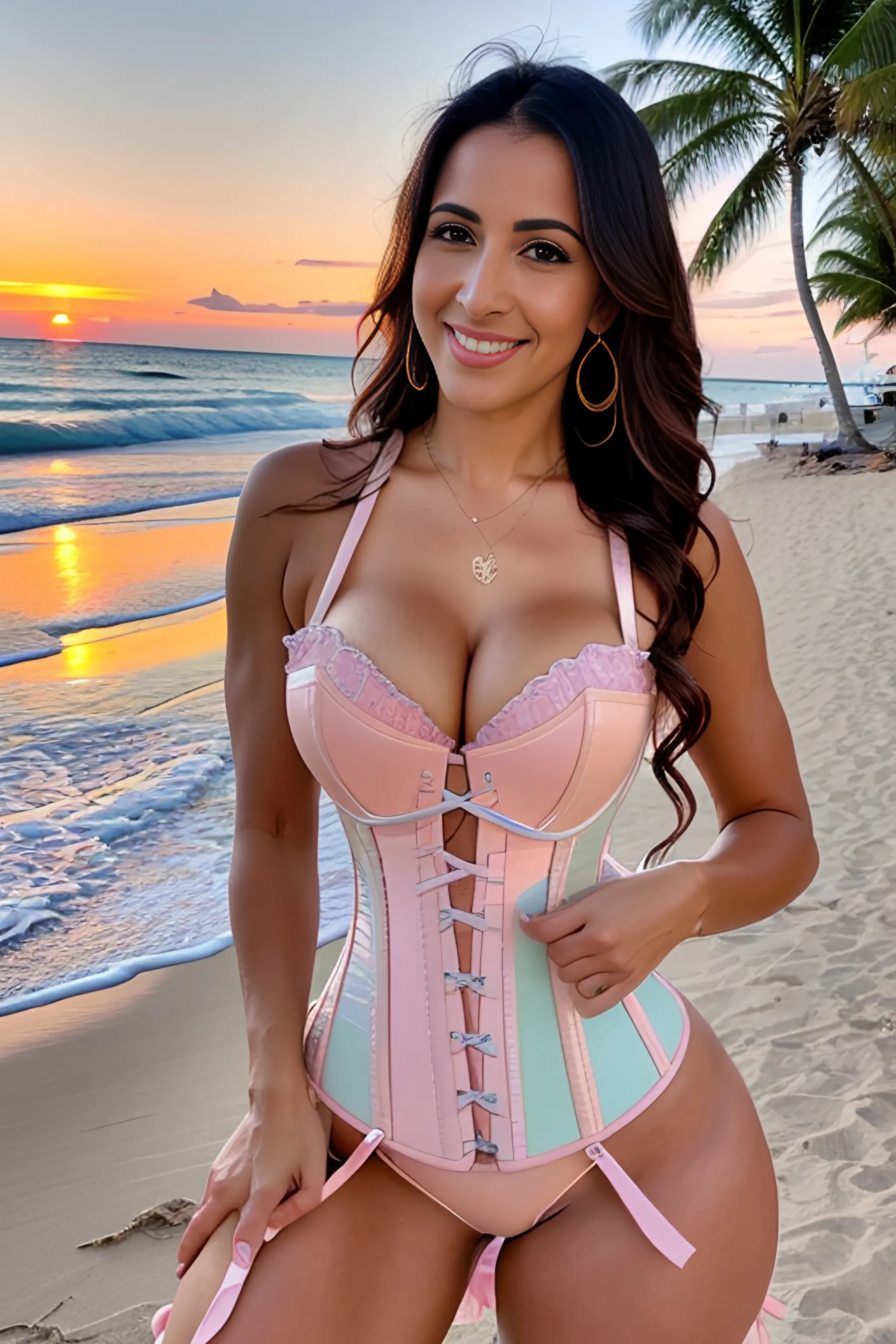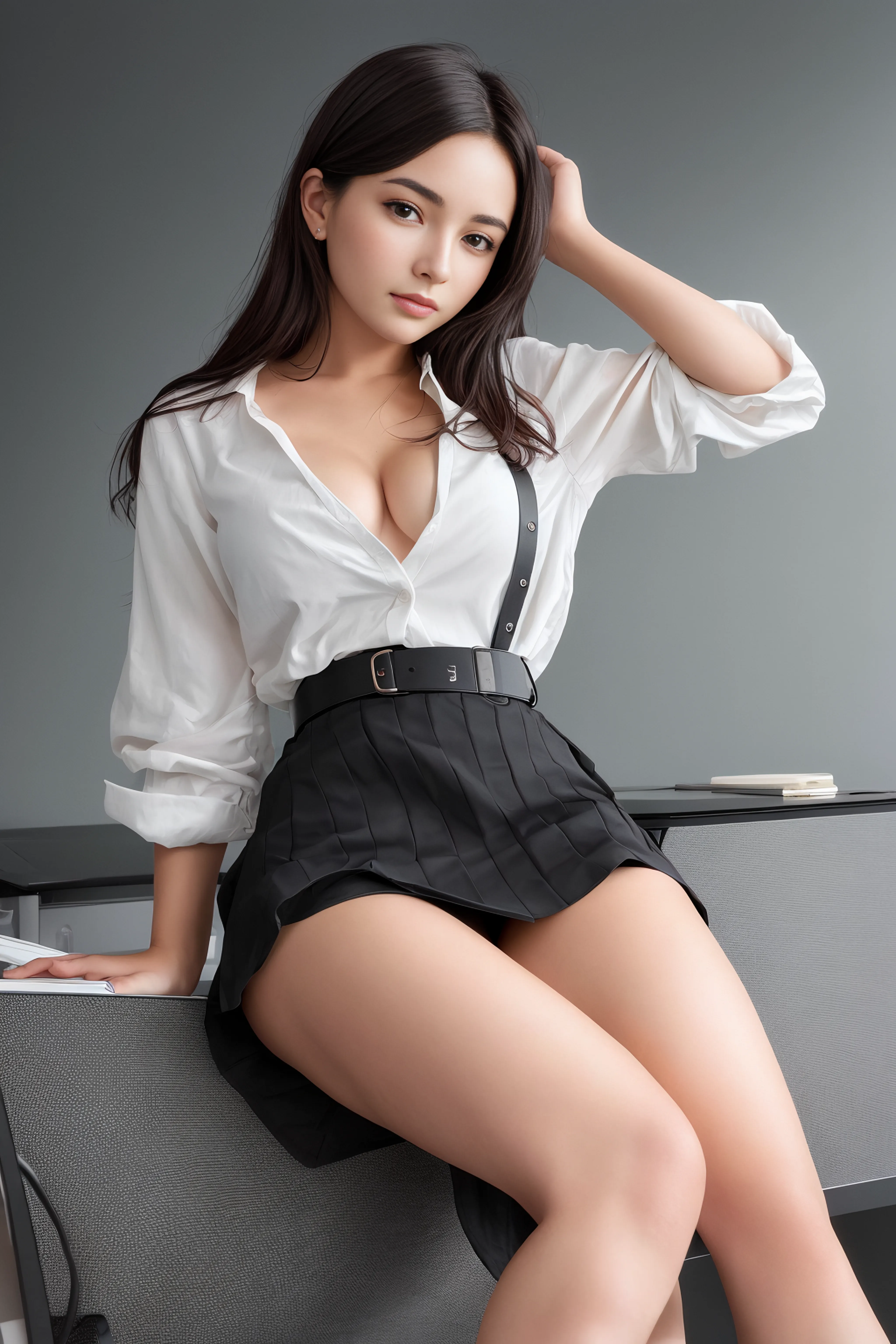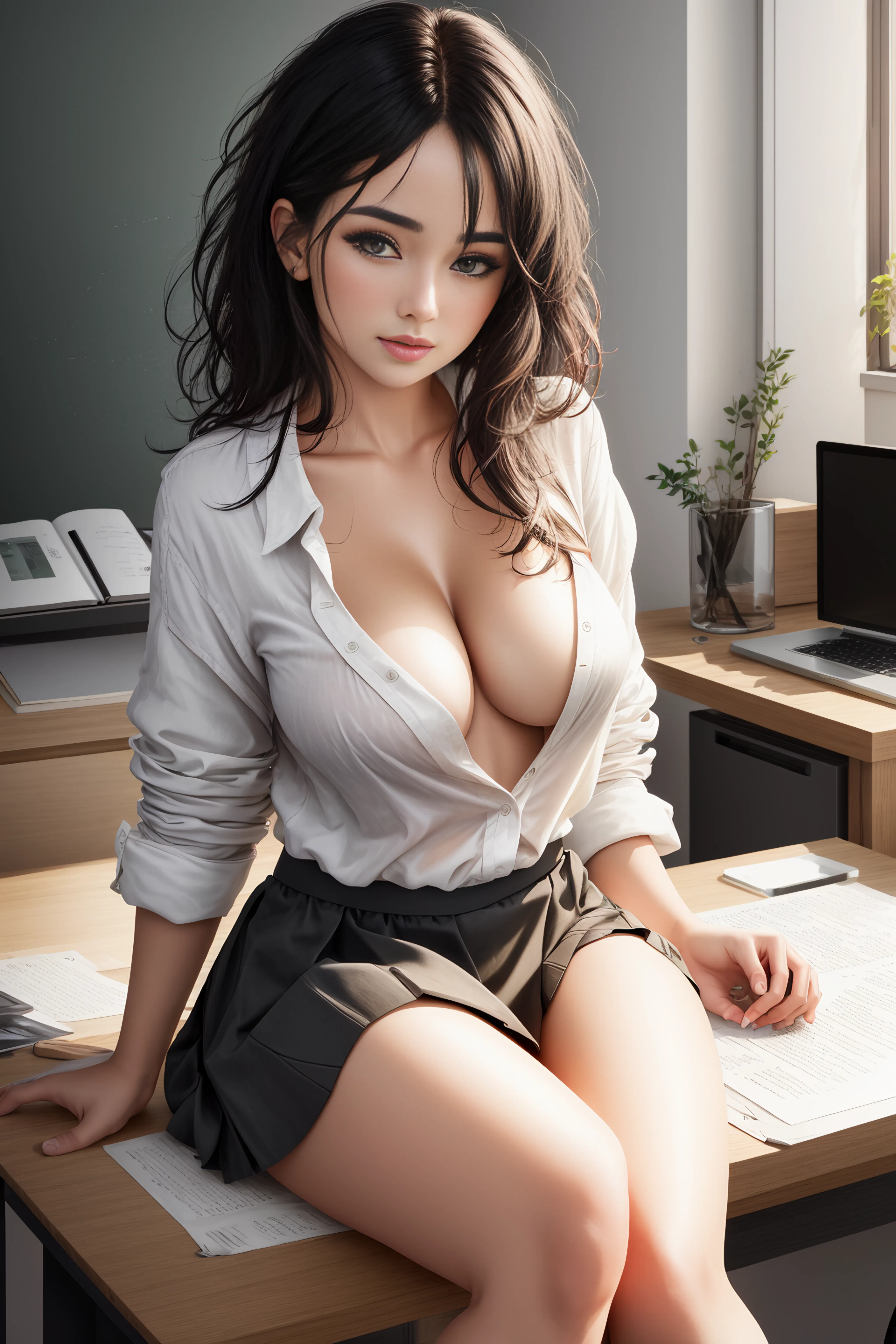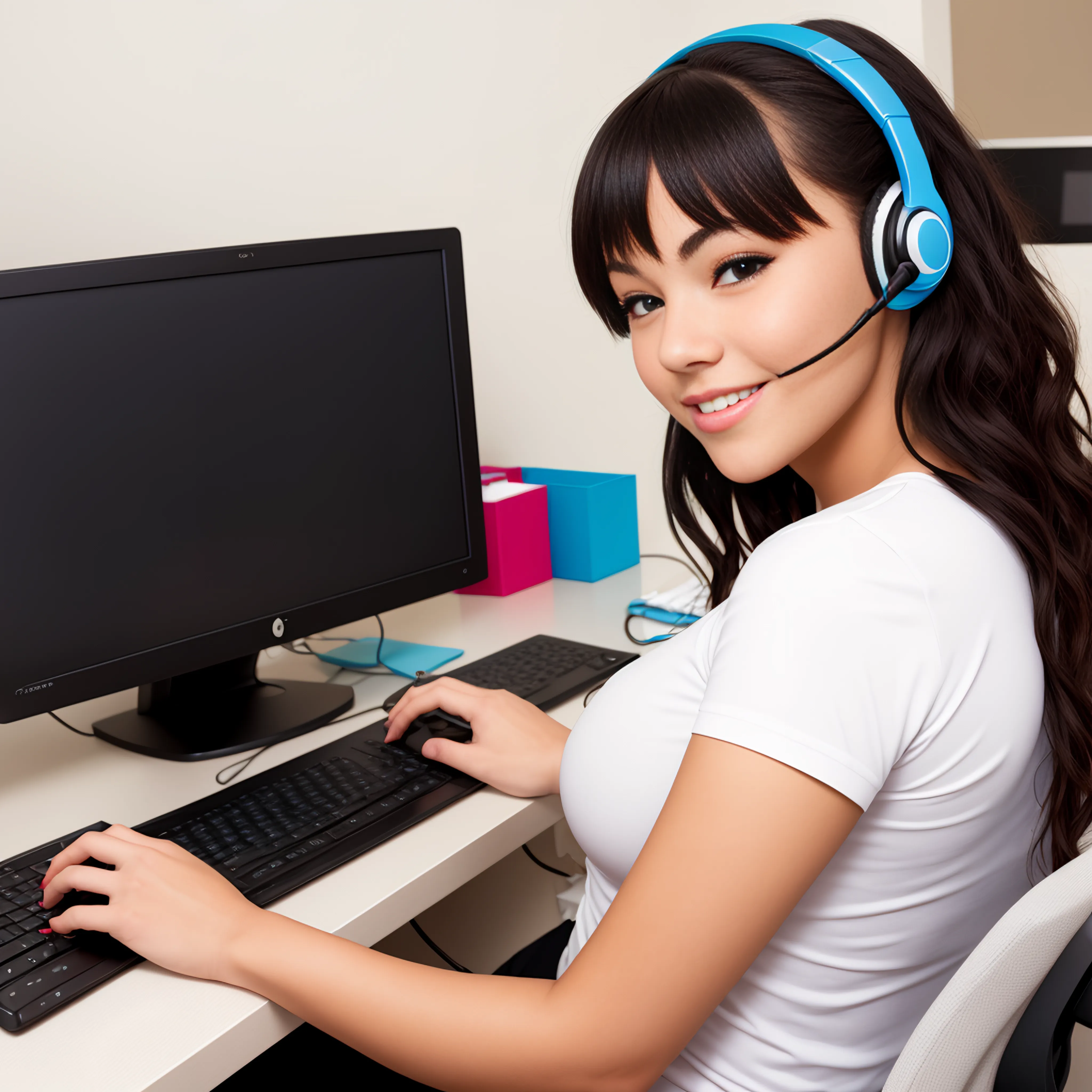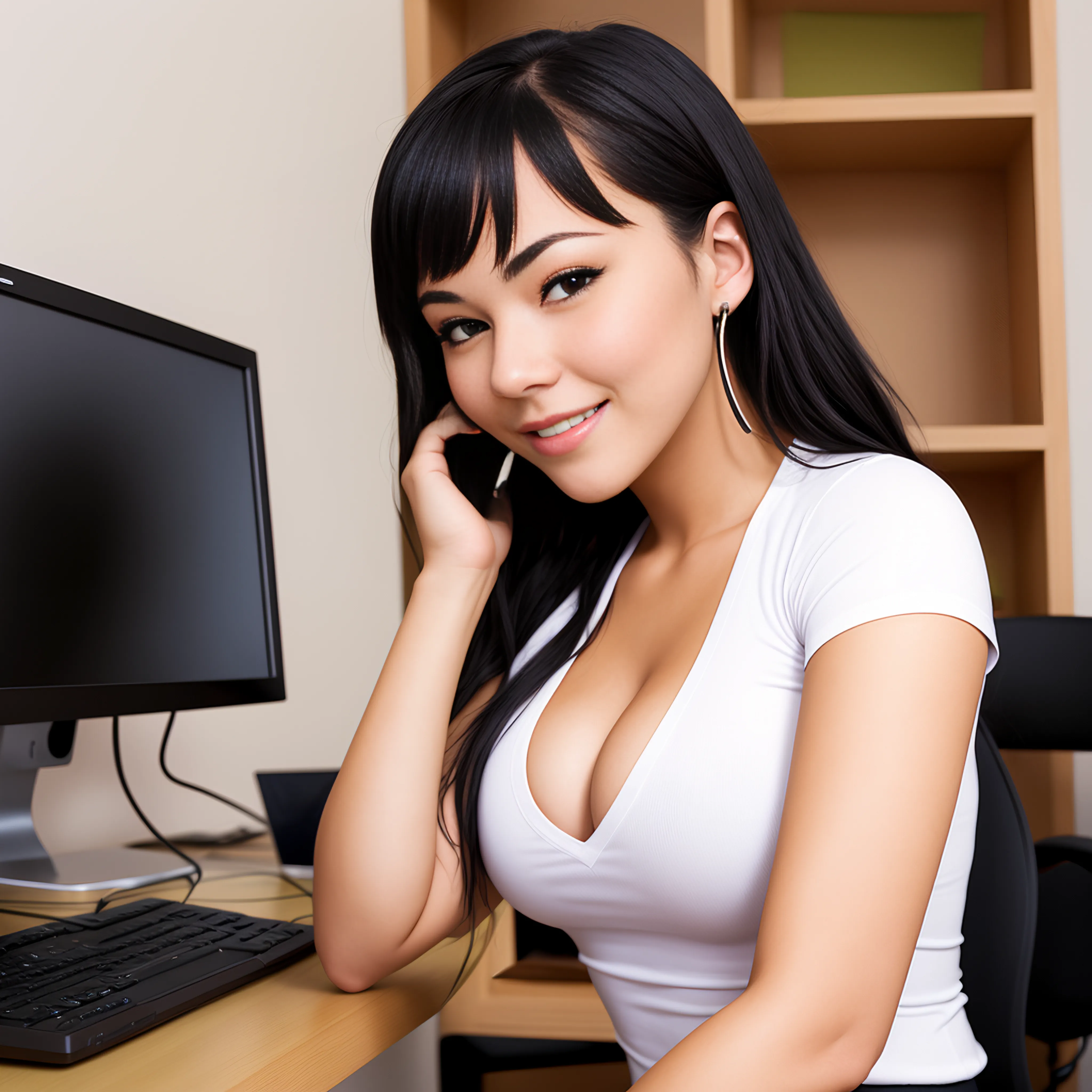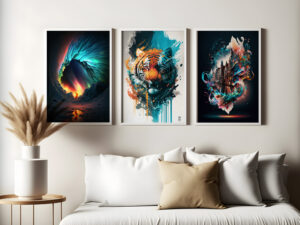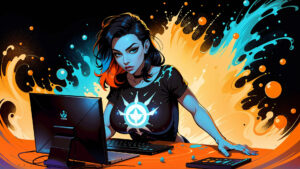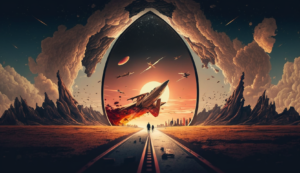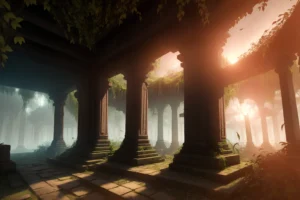Introduction
AI-generated art tools, are here, and continuing to improve.Art has always been an expression of human creativity and imagination. With the advancement of technology, we are now witnessing a new form of art – AI-generated art. AI-generated art is a fascinating blend of human creativity and the power of machines, resulting in a unique form of art that is both intriguing and beautiful.
If you’re interested in exploring the world of AI-generated art and creating your own masterpiece, you’ve come to the right place. In this article, we will guide you through the process of creating your own AI-generated art using popular tools.
So, without further ado, let’s dive into the exciting world of AI-generated art!
Understanding AI-generated Art Tools
Before we delve into the details of creating AI-generated art, it’s essential to understand what it is and how it works.
AI-generated art is a form of art created using algorithms and machine learning techniques. The algorithms analyze vast amounts of data to identify patterns and create unique designs. These designs can range from abstract art to realistic portraits, depending on the input and parameters used.
AI-generated art is not limited to any specific medium, and it can be created using a variety of tools, including Midjourney, Stable Diffusion, and BlueWillow. There are many more solutions out there, but we are focusing on theese three in this article.
Popular Tools for Creating AI-generated Art
Now that you have an understanding of what AI-generated art is, let’s take a look at some of the popular tools used for creating it.
1. Midjourney
Midjourney is a powerful AI program that uses prompts to generate images. While this tool is only accessible via Discord bot, it offers a unique alternative to more traditional AI-generated art tools like Adobe Photoshop.
To use Midjourney, users first need to join Discord and register for the service. Once registered, they can generate images by messaging the bot or inviting it to a third-party server.
To generate an image with Midjourney, users can use the “/imagine” command followed by their desired prompts. The bot will then use these prompts to create a unique image that can be modified and refined.
For example, a user might enter prompts like “dystopian, robots, aliens, soldier, gases, red atmosphere and city” to generate an image with a specific theme. Midjourney will then create variations of this image that can be upscaled or modified using commands like U1, U2, V1, V2, and so on.
While Midjourney is still in open beta, it offers an exciting new way to explore the world of AI-generated art tools and create unique pieces of artwork.
2. Stable Diffusion
Stable Diffusion is a highly versatile AI-generated art tool that offers a wide range of possibilities for creating unique and high-quality images. There are plenty of plugins and models available that can help artists achieve different looks and feels for their images, such as CartoonGAN and StyleCLIP.
CartoonGAN is a plugin that can transform real-world images into cartoon-style images, while StyleCLIP is a model that allows users to control the style and content of their images. These tools, along with many others, make it easy for artists to experiment with Stable Diffusion and create unique pieces of artwork.
Additionally, there are several GUIs available for download and installation, such as Automatic1111 and ImageEdit, that make it easy to experiment with Stable Diffusion and create stunning pieces of art. These GUIs provide a user-friendly interface that allows artists to refine and edit their work until they’re happy with the final product.
One of the advantages of Stable Diffusion is that it can generate high-quality images with fine details and textures that match the input text. This is due to the diffusion process that allows the model to create stable and consistent images. This feature makes Stable Diffusion a valuable tool for artists who want to create realistic and unique images.
Overall, Stable Diffusion is a valuable addition to the world of AI-generated art tools and offers exciting new possibilities for artists and enthusiasts alike. Whether you’re a professional artist or just starting out, there’s no doubt that Stable Diffusion can help you take your artwork to the next level.
3. BlueWillow
BlueWillow is an exciting new addition to the world of AI-generated art tools. While still in its early days, it’s shaping up to be a direct competitor to Midjourney. The two AI image generators share many key similarities, the main one being that they’re both accessed via Discord. One key difference is that BlueWillow is free to use, for now at least, since it is still in the testing phase.
After hearing about BlueWillow, many people have been wondering how it compares to Midjourney. Can it produce the same artistic style of imagery that Midjourney is known for? Well, BlueWillow can make some super artistic images, even in its current early stage. It’s not as consistent as Midjourney, though, and you will need to do some extra prompt engineering.
Fortunately, both BlueWillow and Midjourney output four images per prompt, so you do get some extra room to work with. BlueWillow also shares the same interface as Midjourney, so the variations and upscale buttons all work the same. However, upscaling is slightly better on Midjourney. For some reason, the upscaling method BlueWillow has implemented tends to make a lot of the images appear blurry. Hopefully, this will be fixed soon.
How does it compare to Midjourney
The image generation speed feels slightly faster than Midjourney’s, but that could just be because fewer people are using it at the moment. It’s definitely starting to see some popularity, so the number of users is sure to increase over the next few weeks. Since it’s free to use at the moment, it’s one of the best alternatives for people who don’t want to pay for a Midjourney subscription.
If you’ve already tried out Midjourney, you’ll feel right at home when using BlueWillow. The two AI image generators not only share the same interface, but also the same prompting style and settings. All the goodies from Midjourney such as the –AR command will work in BlueWillow.
To use BlueWillow, simply head over to the BlueWillow Discord server and join one of the #rookie channels. Type /imagine in the chat and the prompt box should appear. This is where you input your image prompt, and you should place any settings at the end. After a few seconds (or minutes, if the server’s busy), you’ll get a reply from the image generator bot with four images. You can use the V button to generate new variations if you like the concept of any of your images, and you can use the U button to upscale your image. If you don’t like any of the four generated images, just hit the refresh button next to the V4 button and it will generate you four brand new images. To save any of your images, just open them, right-click, and save the image as.
Competition is a good thing
BlueWillow is still new, and many improvements can be expected. In its current shape, it’s looking like the best alternative out there for people looking for a free version of Midjourney. Whether it’ll remain free forever is another story, but hopefully they will at least offer a free trial plan like Midjourney does if they decide to go the pay-to-use route. It will be exciting to watch this one develop and definitely a tool to keep an eye on if you’re into AI-generated art tools!
How to Create Your Own AI-generated Art Using Popular Tools
Now that you have an understanding of the popular tools used for creating AI-generated art, let’s take a look at the step-by-step process of creating your own masterpiece.
Step 1: Choose your tool
The first step in creating your own AI-generated art is to choose your tool. As we discussed earlier, there are several popular tools available, including Photoshop, StyleGAN2, and DeepDream. Choose the tool that best fits your artistic vision and level of expertise.
Step 2: Gather your resources
The next step is to gather the resources you need to create your AI-generated art. This may include images, videos, or datasets that you will use to train your machine learning algorithms.
Make sure you have high-quality resources that are relevant to your artistic vision. You can take a look at this article to get inspiration for styles and genres
Step 3: Train your algorithm
Once you have your resources, it’s time to train your algorithm. This is a crucial step in creating your AI-generated art as it will determine the style and quality of your final piece.
Most AI-generated art tools have pre-trained models that you can use. However, if you want to create something unique, you will need to train your algorithm using your own resources.
Step 4: Generate your art prompt
After training your algorithm, it’s time to generate your art. This is the fun part where you get to see your algorithm come to life and create unique pieces of art.
Depending on the tool you are using, you may have control over certain features, such as color, texture, and style. Experiment with different settings until you create something you love.
Step 5: Refine and edit
Once you’ve generated your art, it’s time to refine and edit it. This may involve tweaking certain features or adding finishing touches to your piece.
Make sure you take the time to review and refine your work until you’re happy with the final product.
FAQs
- Is AI-generated art considered “real” art?
Yes, AI-generated art is considered a legitimate form of art. While the algorithm may generate the piece, it’s still the artist who selects the input, sets the parameters, and refines the final product.
- Do I need programming experience to create AI-generated art?
No, you don’t need programming experience to create AI-generated art. Most tools have a user-friendly interface that makes it easy to create art without any coding knowledge.
- Can I sell my AI-generated art?
Yes, you can sell your AI-generated art. However, make sure you have the legal right to use any input materials you used to train your algorithm.
Conclusion
AI-generated art is a fascinating new form of art that blends human creativity with the power of machines. By following the steps outlined in this guide, you can create your own unique AI-generated art using popular tools like Adobe Photoshop, StyleGAN2, and DeepDream.
Remember to experiment with different settings and refine your work until you’re happy with the final product. With a bit of patience and creativity, you can create something truly special and unique.

